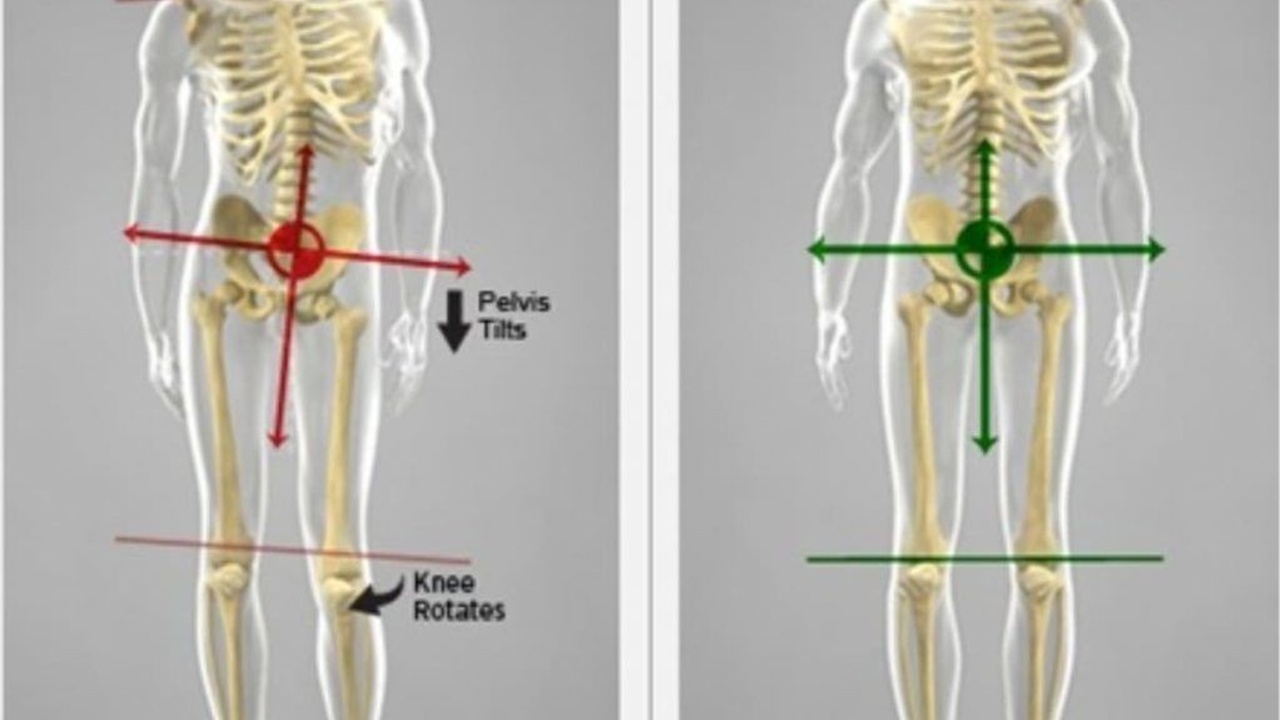Good Posture - the Key to Hip, Knee & Shoulder Pain
Sep 09, 2022
Good Posture
Knees, hips and shoulders seem to be the biggest problem areas as we age.
It can be the result of a single incident, particularly with shoulders, but often gradual deterioration of the joint is the main cause.
When things get bad you may need to have surgery, but it’s becoming more recognised that the right kind of exercise may be enough to avoid needing surgery.
In fact, it’s more about learning how to move your body in your everyday movements to reduce wear and tear.
It is not commonly understood how important muscle balance is to your joint health, and yet its critical to avoiding or aggravating arthritis, pain, injury and often surgery.
We all have some muscle imbalances because we all have a dominant side, do certain movements repetitively, and don’t use our core muscles appropriately, so we overload our neck, shoulders, hips and knees.
If you develop joint pain, whether it was caused by an incident or developed over time, it’s important to ask yourself why that happened. How were you moving at the time of the incident, or how do you regularly move through your day-to-day activities? Look for the clues as to what movement pattern may have contributed to your injury or pain!
You can start working on this at any time, including before and after surgery.
1. Release tight spots in your muscles with rollers and balls.
This is called self-myofascial release and involves applying pressure to tender spots along the muscle. Check out my article in the June edition of Season’s Magazine for more information.
2. Gentle stretching to maintain long relaxed muscles.
You may have been given specific exercises to stretch and strengthen the injured area. To get the most out of your stretches, refer to my article in July edition of Season’s Magazine.
3. Be aware of your posture, alignment and core muscles when sitting, standing and moving through your day
- Feet, knees, hips and shoulders should be aligned whether you are sitting or standing. Avoid crossing your legs and ankles.
- Maintain a small arch in your spine when sitting, standing or bending. This is called a neutral spine. Avoid slouching (makes you round your lower back) or pushing your belly and butt out (makes you overarch your lower back). Use a cushion for support in your lower back when seated.
- Keep chin and chest up and ribcage aligned over your hips – slouching will tip your ribcage forward, creating tension in your neck and shoulders.
- ALWAYS keep your knees soft with a slight bend to relieve pressure on your knee joints, hips and lower back.
- Adjust your knee bend to keep your hips straight. Crooked hips will wear out your joints more quickly.
- ALWAYS draw your belly slightly into your spine to help support your upper body and anchor your movements to prevent overuse of your neck, shoulders, arms, hips and lower back.
- If you feel pain at any time, make small adjustments to your alignment and check you are using your belly, butt and back muscles appropriately. The smallest changes in how you move can make a big difference.

Check out our website www.supercue.nz for workouts and tutorials to help you make good movement part of your everyday life.
We have a free Taster programme, or you can purchase our Discover You programme for $39 to get you on the right track.
Written by Marya Hopman – Personal Trainer, Corrective Exercise Specialist, founder of OptimalMe Fitness and co-founder of seniors exercise providers SuperCue Seniors
As featured in Seasons Magazine's September 2021 Issue
Stay connected with news and updates!
Join our mailing list to receive the latest news and updates from our team.
Don't worry, your information will not be shared.
We hate SPAM. We will never sell your information, for any reason.
